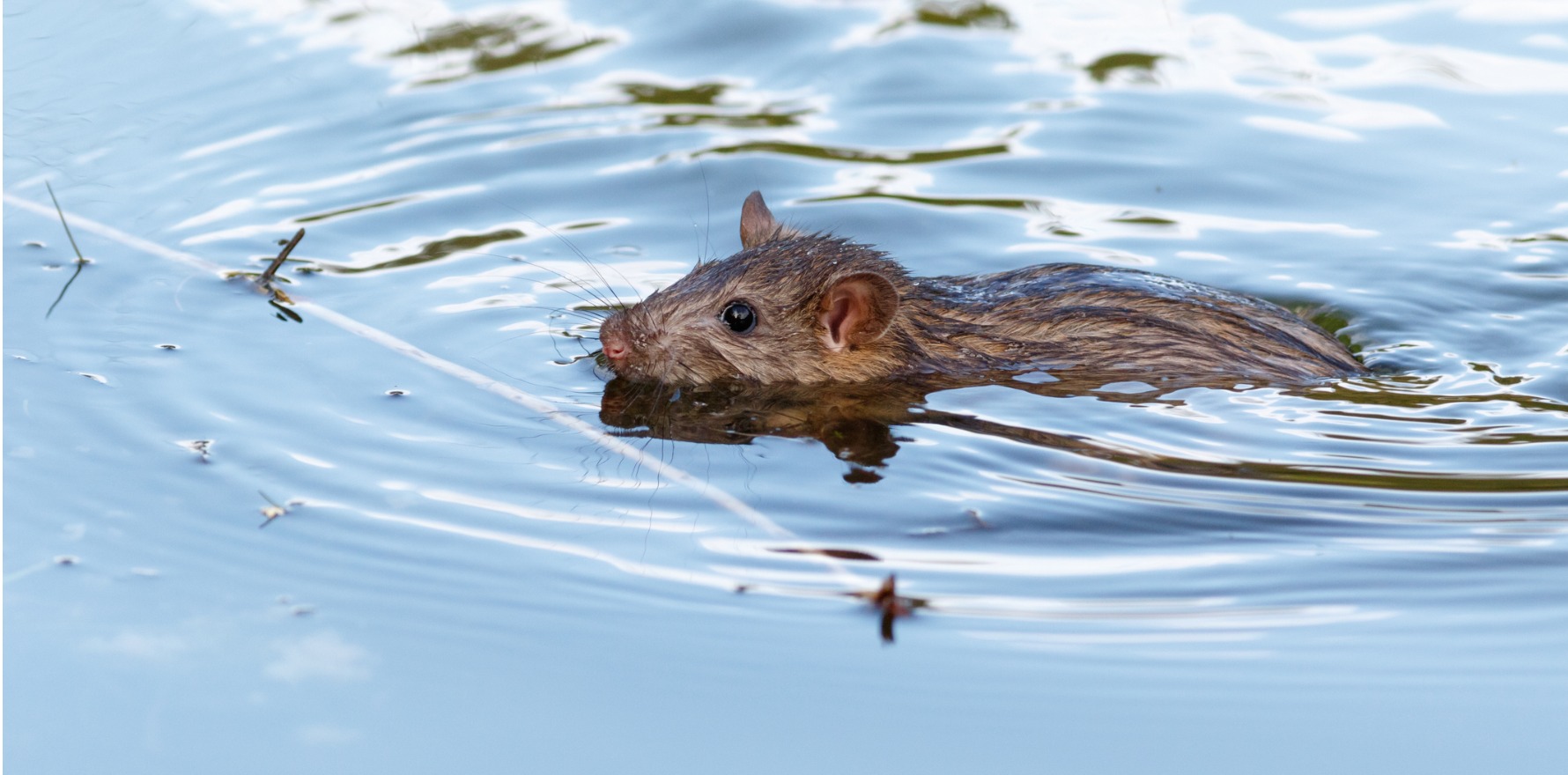Floods and heavy rains have been blamed for a rise in this potentially serious bacterial infection.
Relentless heavy rains and devastating floods have been blamed for a rise in the number of human cases of leptospirosis.
GPs who work in affected areas have been alerted to be on the lookout for the infection, which can be easily treated with antibiotics provided it is picked up early. Delayed treatment or no treatment can lead to significant consequences, including meningitis and organ failure.
The rise in human cases coincide with reports of increased cases in domestic dogs, particularly in urban areas. And while it is unlikely a human can contract the infection from their pets, it acts as a warning that leptospirosis is active in the area – another red flag for GPs.
A spokesperson for the federal Department of Health (DoH) told The Medical Republic that human cases of the notifiable disease had increased in the past year.
She said there have been 201 leptospirosis notifications in the 12 months to 17 April.
“This is above the five-year mean for the same period, which is 129 cases,” she said. “The majority of cases in the past year occurred in Queensland and NSW.”
Increased mouse and rat populations following wet weather along eastern Australian may be a contributing factor, she said.
She said the DoH and other relevant organisations in various jurisdictions have issued clinician alerts in response to outbreaks, and “continue to monitor the situation closely.”
Leptospirosis is caused by leptospira bacteria, which is found in urine from infected animals including rats, mice, cattle, pigs, possums, bandicoots and dogs.
The bacteria can enter the body through skin cuts or abrasions or through the lining of the mouth, nose, and eyes by exposure to water, soil or mud contaminated with the urine from infected animals. Water affected by heavy rain or flooding is especially risky.
As the numbers began rising in Queensland last year, Queensland Health spokesperson Professor Keith McNeil said that while agricultural workers were at the highest risk, they were not the only ones.
“That means people who participate in camping, gardening, bushwalking and water sport pursuits can also be at risk of infection as they may have contact with contaminated water, soil or mud during these activities,” he said
“There are many different strains of the Leptospira bacteria, so it’s possible to be infected with leptospirosis multiple times.”
Professor McNeil said symptoms of leptospirosis may include fever, severe headache, muscle aches, chills, vomiting, and red eyes, and usually develop after five to 14 days following exposure.
“Symptoms can be similar to the flu so often it can be difficult to recognise and can be mistaken for other diseases,” he said.
Associate Professor Rowland Cobbold, from the University of Queensland’s school of veterinary health, said the rising number of leptospirosis cases in domestic dogs was not typical for Australia.
“It is a bit unusual to be seeing this much of it in companion animals, particularly dogs in in urban areas,” he told TMR. “It’s not unheard of, but it does seem like it’s an emerging trend that we don’t normally see.
“With leptospirosis, normally the key problem is in livestock, pigs cattle particularly, and the people who farm them and are in contact with them, and also the horticultural sector.”
Professor Cobbold said it was not common for humans to catch leptospirosis from an infected dog.
“Normally, the dogs are a dead-end host,” he said. “So the dog picks up the lepto from rodent urine or something similar and normally they won’t excrete enough of the bacteria to be a significant risk to others.
“It’s not a hard and fast rule, and certainly, people who’ve got an infected dog need to take the required precautions, but really, the people are more at risk of getting the infection from the same source that the dog got it from.”
While there is a leptospirosis vaccine for dogs, there is not one for humans. However Professor Cobbold said that while the disease was a significant cause of death in developing sub-tropical countries, this was not the case in Australia.
“In Australia, we don’t have a high case fatality rate anymore, with leptospirosis, because here we’ve got intensive care units and aggressive treatments,” he said.
Dr Chaturaka Rodrigo, a researcher and physician at the University of NSW, said it was important for GPs to be aware of leptospirosis, especially in areas where there has been an animal outbreak.
“Suspect leptospirosis in anybody who’s presenting with high fever, especially with joint and muscle aches,” he said.
A prospective study on changes in full blood count parameters in leptospirosis, published in the International Archives of Medicine showed normal or slightly elevated leucocyte counts are seen in the majority of patients with leptospirosis. Lymphopenia is not a characteristic feature, platelets could be low, and a neutrophilic response may predict severe disease. Lower haemoglobin and haematocrit levels were also red flags.
The most common way to diagnose leptospirosis is through serological tests is either through the Microscopic Agglutination Test (MAT) which detects serovar-specific antibodies, or a solid-phase assay for the detection of Immunoglobulin M (IgM) antibodies.
Dr Rodrigo told TMR that leptospirosis tended to “fly under the radar,” especially given the fact that symptoms can be similar to influenza. But it was important to be vigilant, especially during floods and known outbreaks.
“It can do some serious damage within a very short period of time, and people can end up in intensive care,” he said. “Being aware of this condition is the first step in actually looking for it actively under the correct circumstances.”


